It’s easy to romanticize travel; just close your eyes and imagine exploring a new culture. But as the departure date nears, the stress elevates, often prompting anxiety around what to pack. Trekking the Walker’s Haute Route to Zermatt isn’t your typical beach-centric or Euro-city holiday; it’s a much more harrowing experience, which only adds to your list of what to bring. But don’t worry! This ultimate packing list for trekking Walker’s Haute Route will share everything you need to know before traversing the backcountry on foot.
Passport/ID
Pause! Stop reading this article and look at your passport. Will your passport expire soon or within three months after your trekking holiday? You don’t want to do all the work only to find out that you can’t cross borders due to an expired passport. International travellers will require a passport, while EU citizens can use their ID to cross borders.
On the topic of important documentation, we also recommend creating hard copies of your proof of immunization for all your vaccines, travel insurance, and your passport/ID in a ziplock bag (to prevent them from getting wet) in case something were to happen with your phone along the trail. We discuss this more in our article on how to prepare for the Walker’s Haute Route.
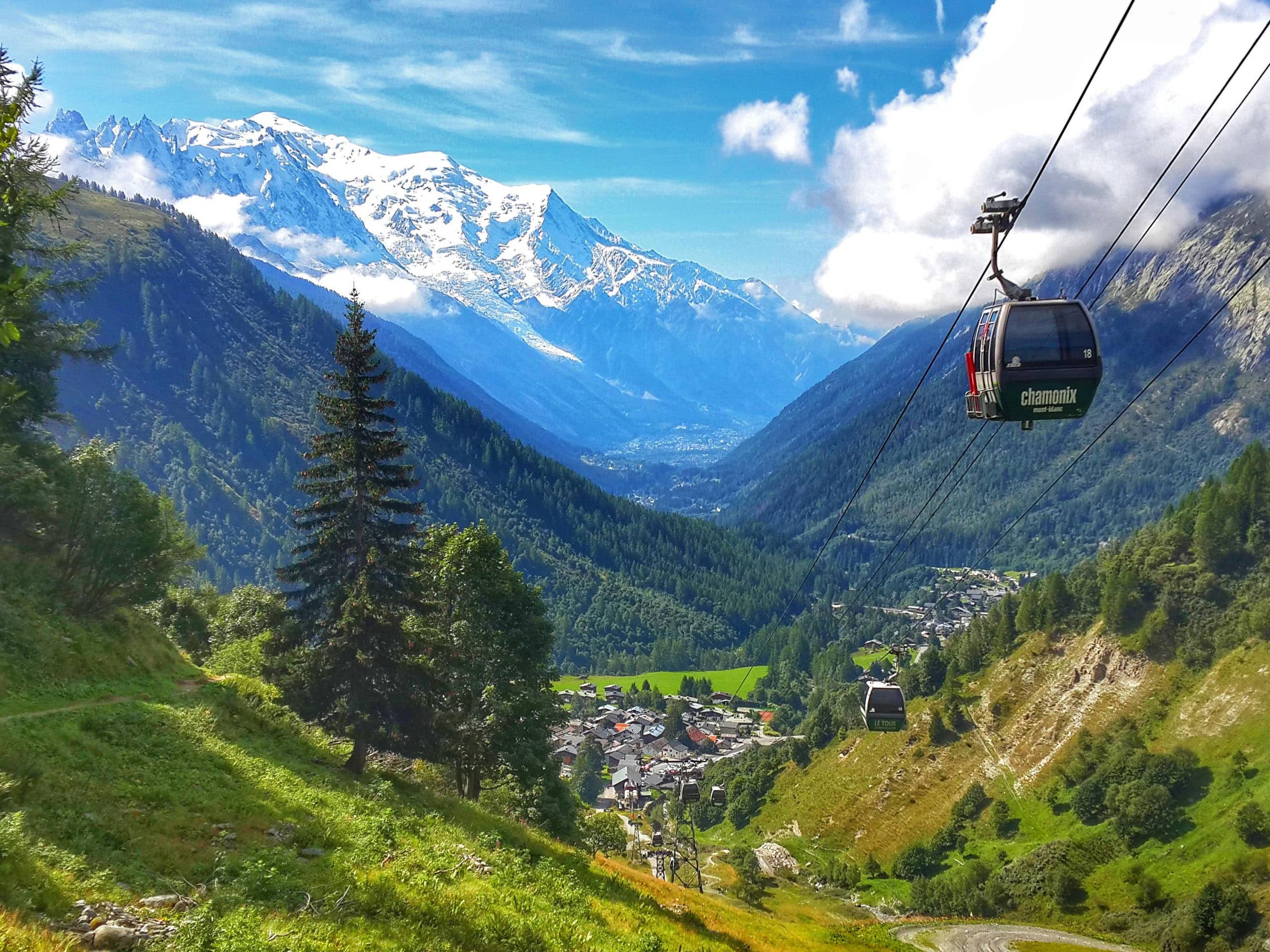
Backpack
Cutting through mountain passes can be an excruciating experience, especially if you don’t have the right gear. Think of your hiking backpack as a friend you need to carry for 15 or so kilometres a day. You can’t leave your friend behind, and you can’t leave the items in your backpack sprawled across the trail—you need those (and littering is not cool). When shopping, consider its weight, if it’s ventilated in the back, has a padded hip strap, and has an internal frame instead of an external. You should get a rain cover as well. Soggy gear is never fun!
This size chart can help you choose the best backpack for you!
Hiking boots
Choosing the proper hiking boots sits next to choosing the right backpack on the list of packing essentials. Your hiking boots must be equipped to comfortably travel from France to Switzerland in enchanting, rugged alpine settings.
Spend some time walking around your house or going on short hikes close to home when you get your boots. It’s paramount to break into your shoes before you go! Blister prevention is vital.
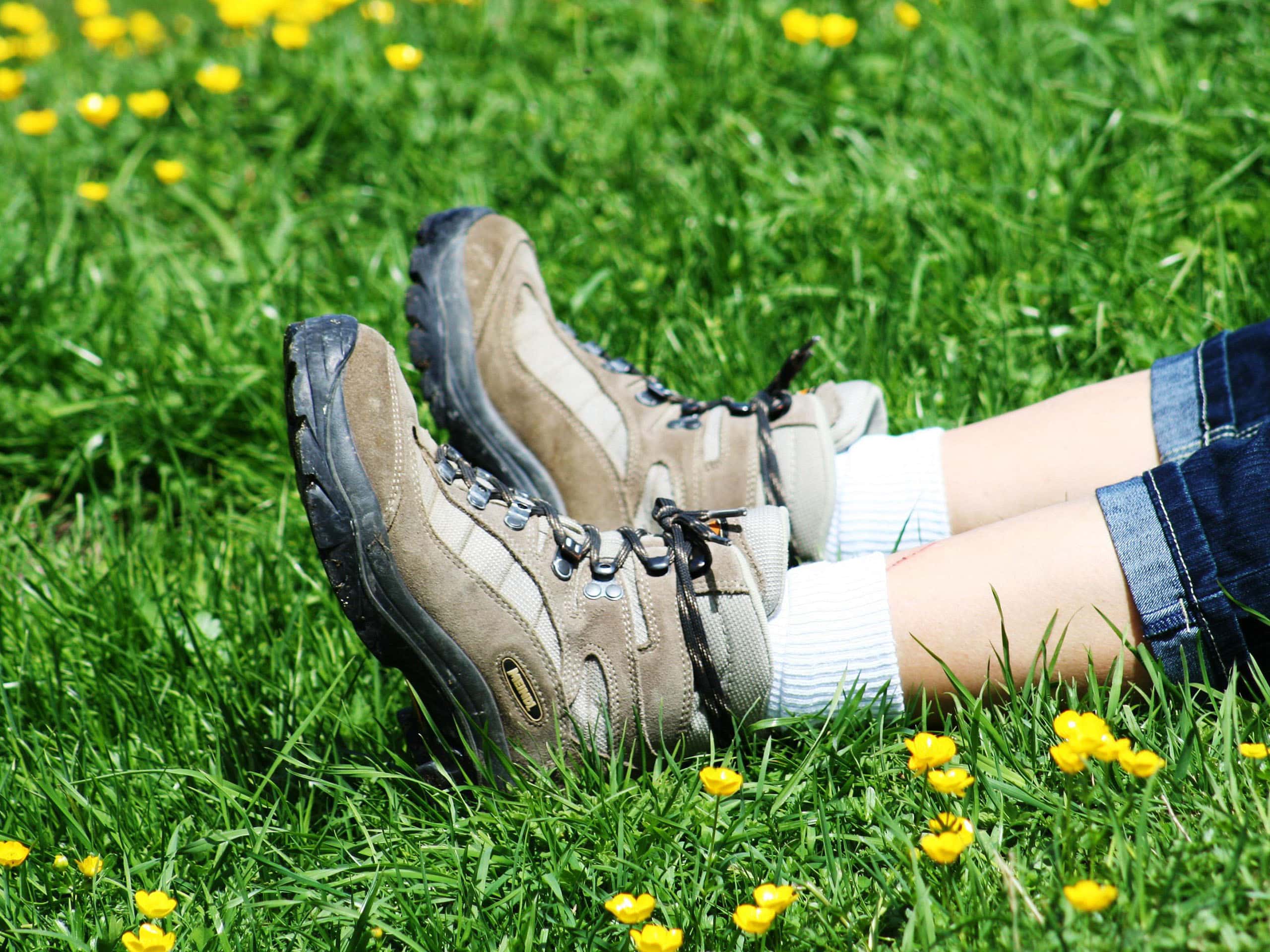
Cash
Don’t stress over this next comment, but several refuges, lunch stops, and buses along the trail won’t take cards. Instead of moaning over this minor inconvenience, think about how you’re so off the grid that only cash works as a sufficient monetary exchange. Unfortunately, you’ll need Euros for France and Swiss francs in Switzerland. You’ll likely have more luck using your card in Switzerland, so keep that on you too!
Thankfully, you can find ATMs along the trail, but we suggest keeping at least 100 CHF (Swiss Franc) and 100 Euro with you. Don’t bother using USD! Be sure to check out our article on the cost of the Walker’s Haute Route to get an idea of the total cost of the trek.
Clothing
Packing clothing often prompts confusion and frustration! And we get it—you want to revel in comfort on the trail, but some evenings may have you craving a clean, presentable look. The weather also influences what to bring. Will you encounter snow? Will sunny rays heat your skin? Side note: Our article on the best time to hike the Walker’s Haute Route gives more insight into the weather each month. The following suggestions might help ease stress and confusion:
- Underwear (a lot)—aim for breathable and quick-dry material
- Long-sleeved shirts for additional layers
- 3-4 t-shirts
- 1 or 2 wool or fleece sweaters
- Two leggings or trekking pants built for hiking, perhaps bring along a pair of waterproof pants
- 4-5 pairs of merino wool socks
- At least one fleece toque
- Mittens—just in case the weather takes a turn
- Hat to block the sun
- Change of clothes for the evenings
- Raincoat
- Easy-to-pack puffy jacket because it can be cold in the evenings—you can find these at most outdoor stores
- Flip-flops or sandals for hostel showers
Be sure to look for moisture-wicking material! Cotton may feel comfy, but it might result in ultra discomfort along the trail—it soaks in moisture and can cause chafing. Merino wool is always a good choice for insulating warmth.
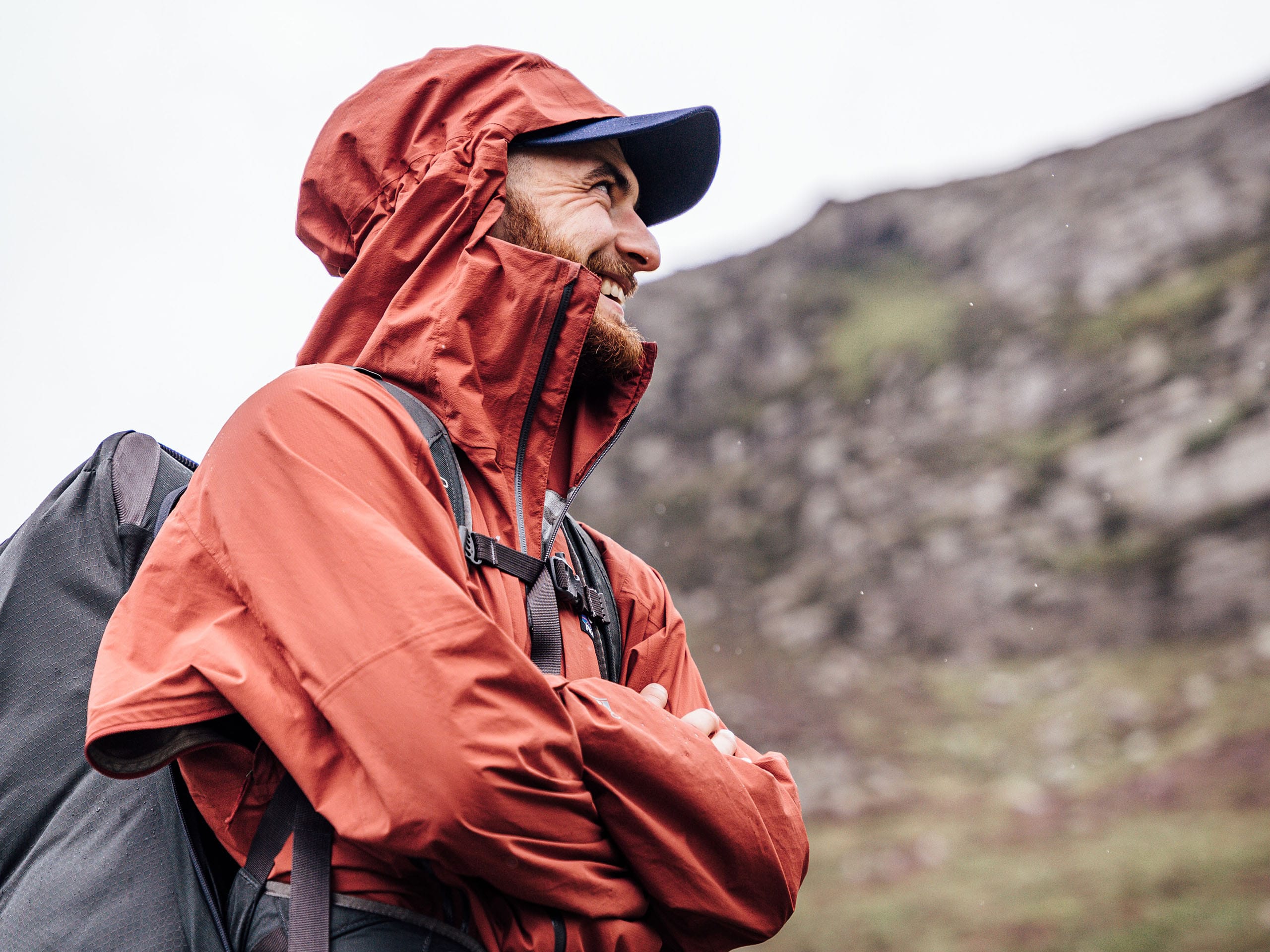
Microspikes
Snow can linger in the Alps late into summer, so microspikes are necessary. There’s a chance you won’t need them, but there’s no harm in bringing this essential item as they take up little space and weight. Can you imagine slipping in the snow and injuring your ankle? Yikes. Not fun! Another item to consider, especially if you’re going in June or early July, is gaiters. These will protect snow from seeping into your pants and skin, propelling an uncomfortable, cold feeling. Check out some FAQs here to learn more about the route and other frequently asked questions about things to consider that you might not have thought about!
Power adapter
Travellers from outside the EU will want to bring a power adapter for their devices—even those coming from the UK will require an alternative adapter. The EU runs at 220V, while the US runs at 110-120V. You’ll want to plug your devices in whenever you have the chance!
Another great idea is to bring a solar charger or portable backup charger to carry with you along the trail. Unfortunately, not all mountain huts have outlets!
First aid kit
Despite your best efforts, a blister starts to creep onto your skin. But instead of panicking, you remember that you brought a RockTape Blister Kit, ideal for preventing any blister growth (did that sentence gross you out?). But while blister prevention is essential, your first aid kit requires more necessities. Fill it with tweezers, topical antibiotics, sanitizer, painkillers, and your daily, personal medication.
Trekking poles
Save your knees! The technicalities fused with steep undulations along the Walker’s Haute Route to Zermatt can hurt your joints. Do your knees a favour and get some trekking poles before your adventure. These will not only protect your knees as you stumble downhill, but they propel power into your step while aiding with balance along uneven terrain.
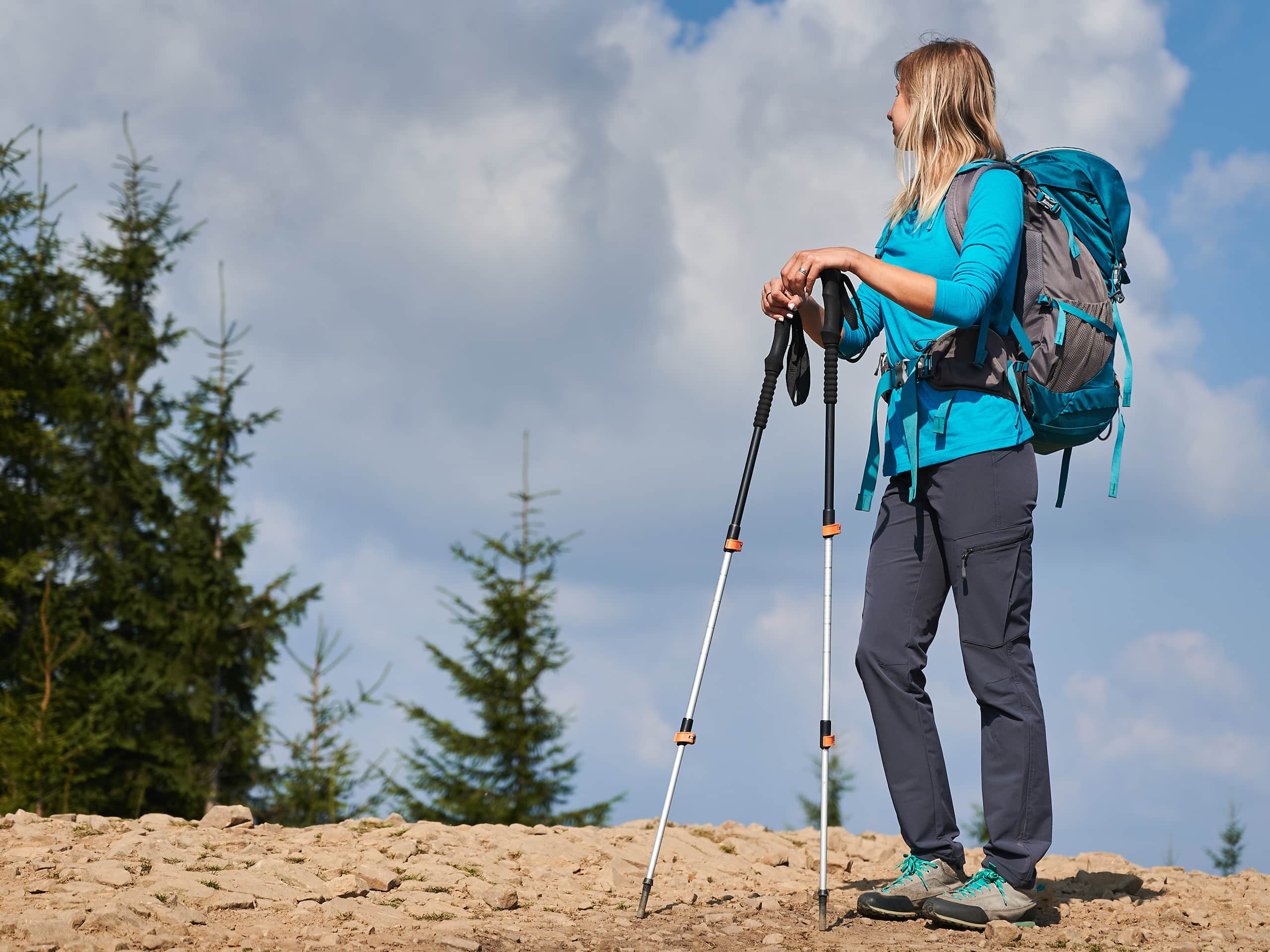
Water bottle
Imagine traversing 9.3mi without a water bottle? Insanity! No one wants a parched mouth only replenished by swallowing your spit. Not ideal. We suggest bringing a 2L bottle so that you can fill it up before hitting the trail for that day. Thankfully, if you have a water filter, you can stock up via streams en route. Some towns along the way might offer some as well. But to be safe, we recommend filling up 2L at the start of the day. This might seem heavy, but it’s worth it!
Headlamp
The sunlight dips behind the mountainscape, but you still have several kilometres to go. Now what? Thank goodness you have a headlamp to provide a sliver of light as you make your way across the trail. If you time your day right, you shouldn’t have to travel in the dark, but you never know what will happen along the path. (Not to scare you!)
Earplugs
There’s nothing worse than quiet air filled with sniffles, snores, coughs, and shuffling. Just thinking about it makes us shiver! But, you will sing hallelujah, and your mind will happily dance to sleep with earplugs. Muffle annoying sounds and spend your last few minutes awake daydreaming about tomorrow’s trail and reminiscing on the memories collected today instead of getting annoyed at your fellow dorm mates.
Sleeping bag (or sleeping bag liner)
Most mountain huts provide a blanket and pillow but require you to bring a sheet. We recommend carrying a sleeping bag or liner; doing so might even prevent the dreaded bed bugs that can plague some hostels and refuges. On the other hand, you might feel comfortable sleeping in something you know is yours and only slept in by you! Luckily for you, we’ve put together an article about accommodations on the Walker’s Haute Route and what to expect.
Towel
A microfibre, lightweight towel is just lovely to have! Unfortunately, most huts won’t supply them, so packing your own is key to feeling refreshed after a shower post-hike.
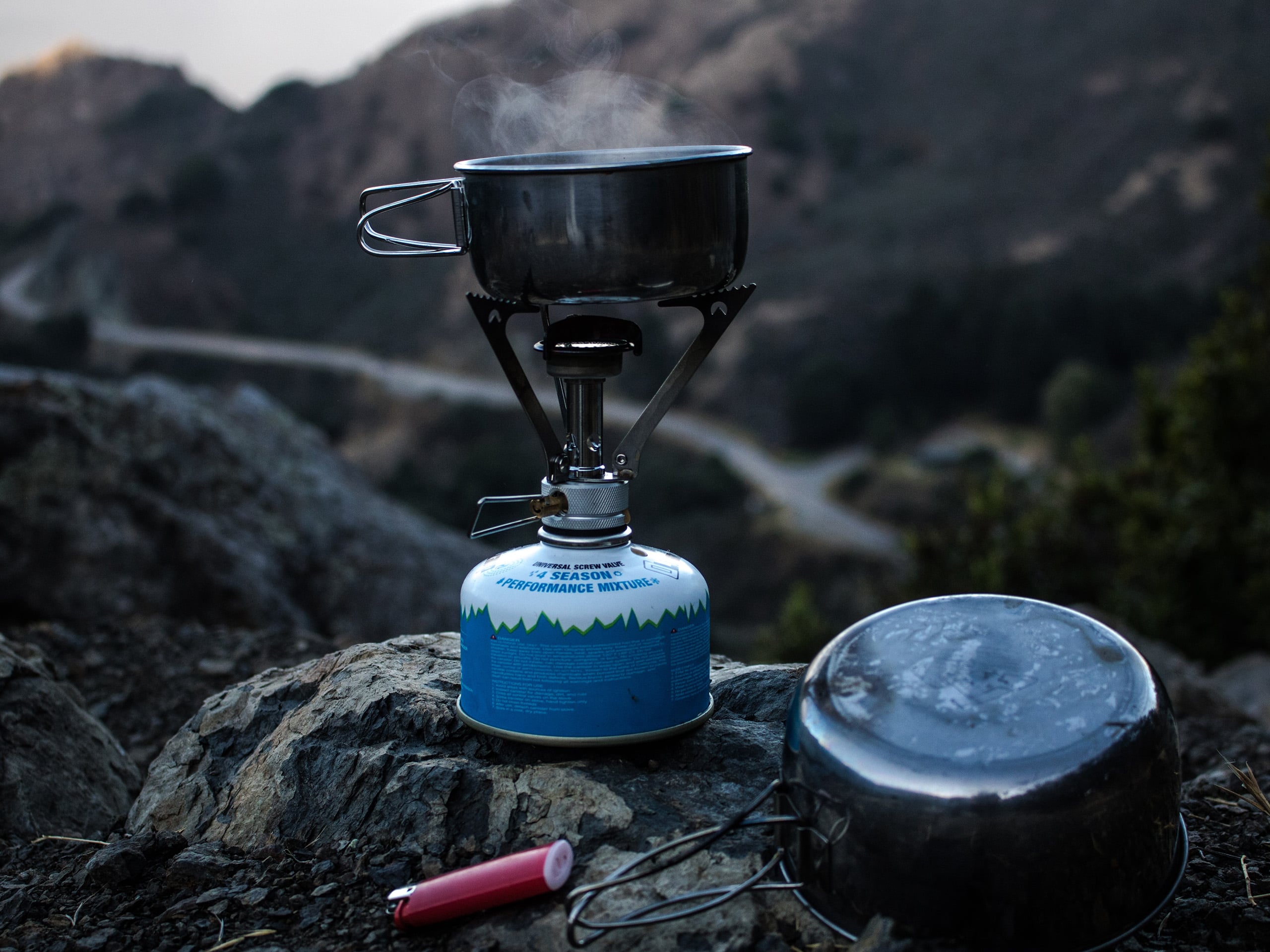
Other items to pack
- Cooking equipment if you’re not planning on buying a lot of meals en route
- Sunscreen
- Water filter
- Multi-purpose soap
- Sandals or crocs for the evenings
- Eye mask to block out light in dorms
- Plastic bags to keep things dry
- Camping gear—find out what you need to pack for backpacking here!
We advise going over your packing list for the Walker’s Haute Route well in advance! Got your packing list out of the way? Brush up on some fun and interesting facts about the Walker’s Haute Route here. You can surprise people along the trail!
Chamonix to Zermatt Haute Route Articles
Check out this list of articles to help you plan your next trek on the Walker’s Haute Route from Chamonix to Zermatt.
- Accomodation Guide to the Chamonix to Zermatt Haute Route
- Guide to the Haute Route from Chamonix to Zermatt
- Packing List for the Haute Route from Chamonix to Zermatt
- Best time to hike the Haute Route
- How to prepare to trek the Haute Route to Zermatt
- How long does it take to trek the Haute Route
- How much does it cost to trek the Haute Route
- FAQ for the Haute Route from Chamonix to Zermatt
- Interesting Facts about the Haute Route from Chamonix to Zermatt
Book a Trekking Tour
Check out this great selection of guided and self-guided tours in the Alps Region for the best Haute Route trekking experience.


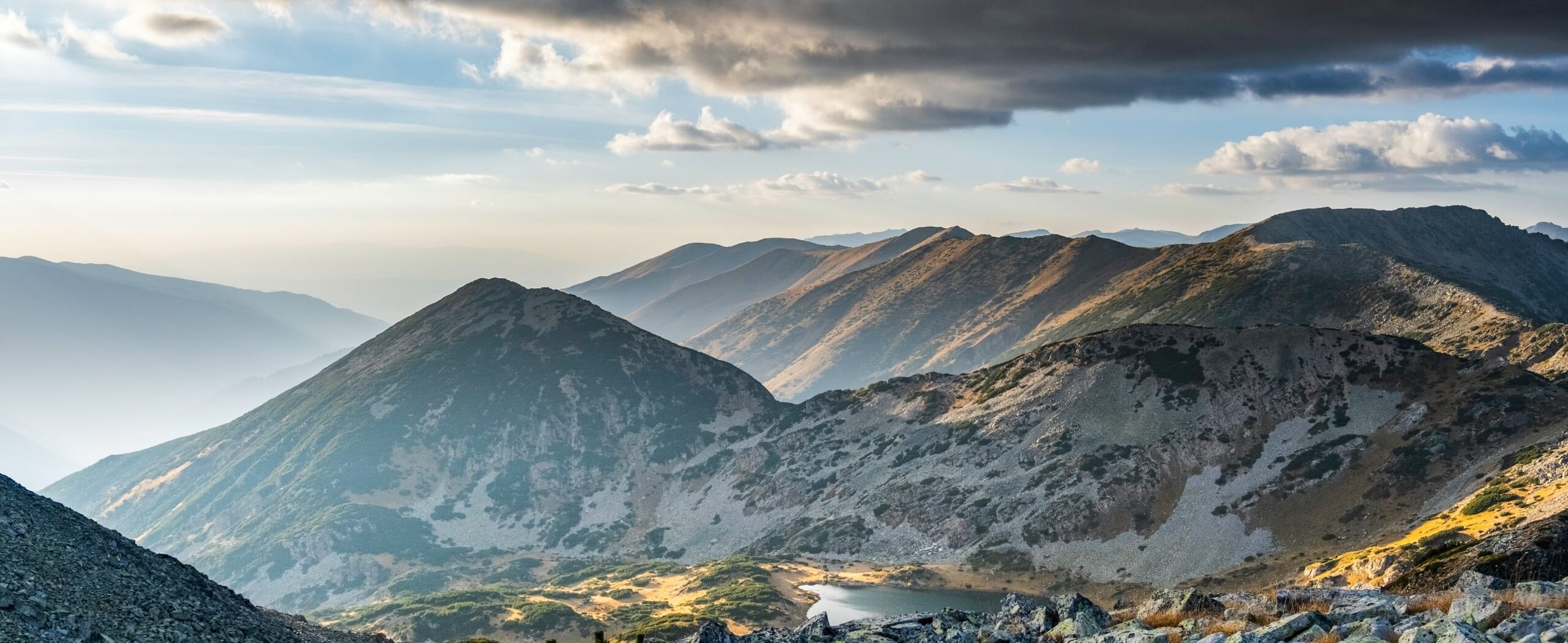


Comments